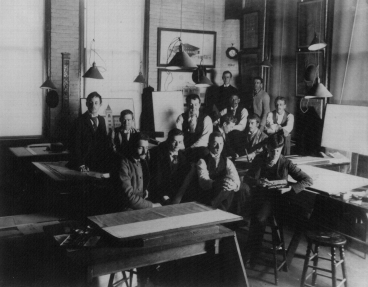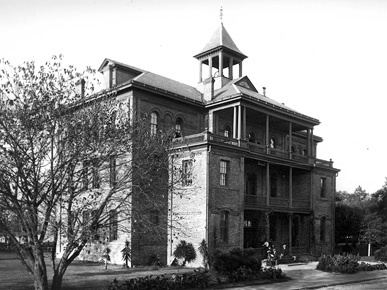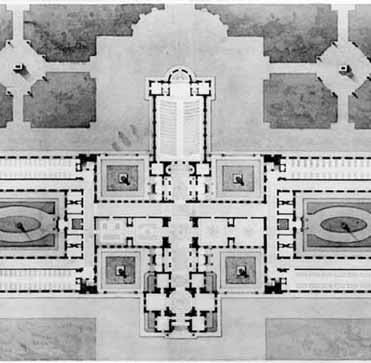Nationality English Name Robert Taylor Children Barbara T. Bowman Great grandchildren Laura Jarrett | Occupation Architect Role Architect Grandchildren Valerie Jarrett | |
 | ||
Buildings Bank of EnglandHeveningham HallGorhambury House Died December 13, 1942, Tuskegee, Alabama, United States Parents Emily Still, Henry S. Taylor Similar People Barbara T Bowman, Valerie Jarrett, James E Bowman, Henry S Taylor | ||
Sir Robert Taylor (1714–1788) was a notable English architect of the mid-late 18th century.
Contents
Born at Woodford, Essex, Taylor followed in his father's footsteps and started working as a stonemason and sculptor, spending time as a pupil of Sir Henry Cheere. Despite some important commissions (including a bust of London merchant Christopher Emmott (died 1745) today held in the church of St Bartholomew, Colne, Lancashire), he enjoyed little success and turned instead to architecture and ultimately became a leading architect of his time.

Among his earliest projects was Asgill House (known then as Richmond Place), built for a wealthy banker, Sir Charles Asgill, 1st Baronet, in Richmond upon Thames (circa 1760), and nearby Oak House. Through such connections, he came to be appointed as architect to the Bank of England until his death (caused by catching a chill at his friend Asgill's funeral in September 1788, he is buried in Poets' Corner, Westminster Abbey) when he was succeeded by Sir John Soane. In 1769 he succeeded Sir William Chambers as Architect of the King's Works. His pupils included John Nash, Samuel Pepys Cockerell, George Byfield and William Pilkington.

In 1783, he served as a Sheriff of London and was knighted the same year.
Sir Robert served as a vice president on the board of the Foundling Hospital, a prominent charity dedicated to the welfare of London's abandoned children. The Taylor Institution, Oxford University's centre for the study of medieval and modern European languages and literatures, takes its name from a bequest from Sir Robert for the purpose of "establishing a foundation for the teaching and improving the European languages". The money was initially invested and interest left to accrue to cover building costs.

The Sir Robert Taylor Society is an organisation which seeks to bring together modern language teachers in schools and university lecturers from the Faculty of Medieval and Modern Languages, University of Oxford. A meeting is held once a year, shortly before the start of the Michaelmas Term, at which talks are held on the literature and culture of the language communities represented in the Oxford faculty and where university admissions trends in the various languages are discussed.
He had a son, Michael Angelo Taylor (1757–1834), who, as MP for Poole, became a Whig politician during the 1830s. Father and son were both buried in the church of St Martin-in-the-Fields in Trafalgar Square, London.
List of architectural works
These are not listed in Binney's Book as by Taylor:
